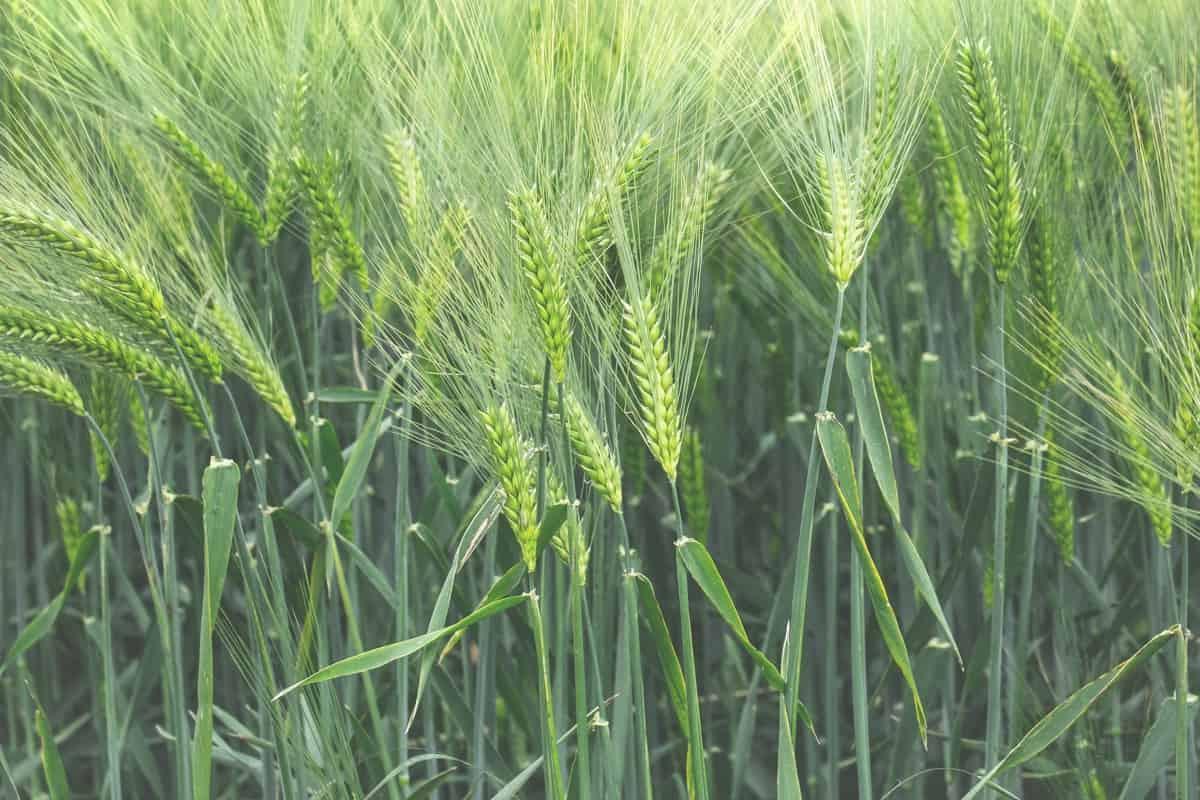Notifications

6 minutes, 58 seconds
-130 Views 0 Comments 0 Likes 0 Reviews

Barley is one of the world's oldest and most important cereal crops. In India, it is cultivated in large parts of dry areas and consumed as food, animal feed, and alcohol. Farmers grow this crop due to its lower water requirement and easy handling compared to other grains. It is a strong crop that grows even in poor soil and low-rainfall areas.
This guide will help you with all the necessary steps for barley cultivation in India, from seed selection to harvesting.
Barley cultivation requires maximum care from sowing to harvesting. If farmers follow these 8 critical steps, they will yield better-quality grains.
Choosing the right variety is important for good production. Different regions have different preferred seeds. Some popular Indian varieties include:
RD 2552 - Great for dry areas like Rajasthan
RD 2035 - Suitable for irrigated fields in Punjab and Haryana
BH 902 - Known for high yield and good malting quality
PL 751 - Used in North India, suitable for both food and brewing
Proper land preparation improves soil aeration and helps barley roots grow deeper and stronger. The process includes ploughing to break hard soil layers and levelling to ensure even water distribution. It also makes the field ready for sowing and helps improve nutrient availability.
The Mahindra Arjun Novo 605 DI is very efficient in doing this job. Its 57 HP engine, 50.3 PTO HP, and 2200 kg lift capacity enable it to easily operate implements, making land preparation fast and efficient. In addition, the Mahindra Arjun 605 Price varies between Rs. 9.36 lakh and Rs. 9.57 lakh.
The timing and method of sowing influence the yield of crops and also prevent the attack of pests. Barley is planted primarily during the Rabi crop season, i.e., late October to early December. Use a seed drill supported by a tractor for proper planting. For example, in an area of one hectare, 75-100 kg of seeds will be required. Maintain a space of 20-22 cm between rows.
Barley does not need a lot of fertilizer, but balanced nutrients will give better yield and healthier crops. Apply 8–10 tonnes of farmyard manure (FYM) before sowing. Along with it, apply 40–60 kg of nitrogen and 20–30 kg of phosphorus per hectare. Half the nitrogen and all phosphorus must be provided at sowing time. The remaining nitrogen must be provided after 30–35 days.
The crop needs less water than crops like wheat, but timely irrigation is still important. Generally, two to three irrigations are enough:
First irrigation at the tillering stage (about 25–30 days after sowing)
Second irrigation during flowering (50–60 days after sowing)
Third irrigation during grain filling (if needed, after 75 days)
Too much water can damage the roots, so avoid over-irrigation.
Weeds and pests can reduce yield and damage the crop. Regular field observation helps in early control.
The fields should be weeded once after 25–30 days of sowing. In larger farms, farmers can use a weedicide like 2,4-D to control weeds. For pest problems, such as aphids, and diseases like rust and smut, use suitable pesticides or fungicides after consulting with agricultural experts.
Barley is usually ready for harvest after 100 to 120 days of sowing. The exact time depends on the variety and weather.
The crop is ready when the grains are hard and golden-yellow. Farmers can use sickles for manual harvesting or combine harvesters for quicker results. Make sure the grains are fully dry before harvesting to avoid losses.
Expected yield:
Rainfed fields - 20 to 25 quintals per hectare
Irrigated fields - 30 to 40 quintals per hectare
Barley grains should be properly taken care of after harvesting to keep them safe and fresh. Wash them thoroughly, dry them in the sun, and store them in air-tight packets. Use neem leaves or natural insect repellents to save them from insects.
Moreover, the Mahindra 265 DI is a suitable option for small farmers. It is equipped with a 30 HP engine and 25.5 PTO HP to work with implements. Its 1200 kg lifting capacity is useful for post-harvest transport and other applications. Furthermore, the Mahindra 265 DI price range varies from Rs. 5.49 lakh to Rs. 5.66 lakh.
Barley has multiple uses, and this is why it is a favourite among Indian farmers. Some of its uses are:
Human food - It is used to make roti, porridge, and flour.
Animal feed - Cattle and poultry are given the grains.
Alcohol production - It is used to make beer and other drinks.
Health products - Barley water is good for digestion and kidney health.
Overall, Barley farming in India is a smart choice, especially in areas with less water. The crop grows fast, needs less care, and gives good returns. With the help of good farming methods, quality seeds, and machines like tractors, Indian farmers can increase their barley production. It is a reliable crop for both food security and income generation.

